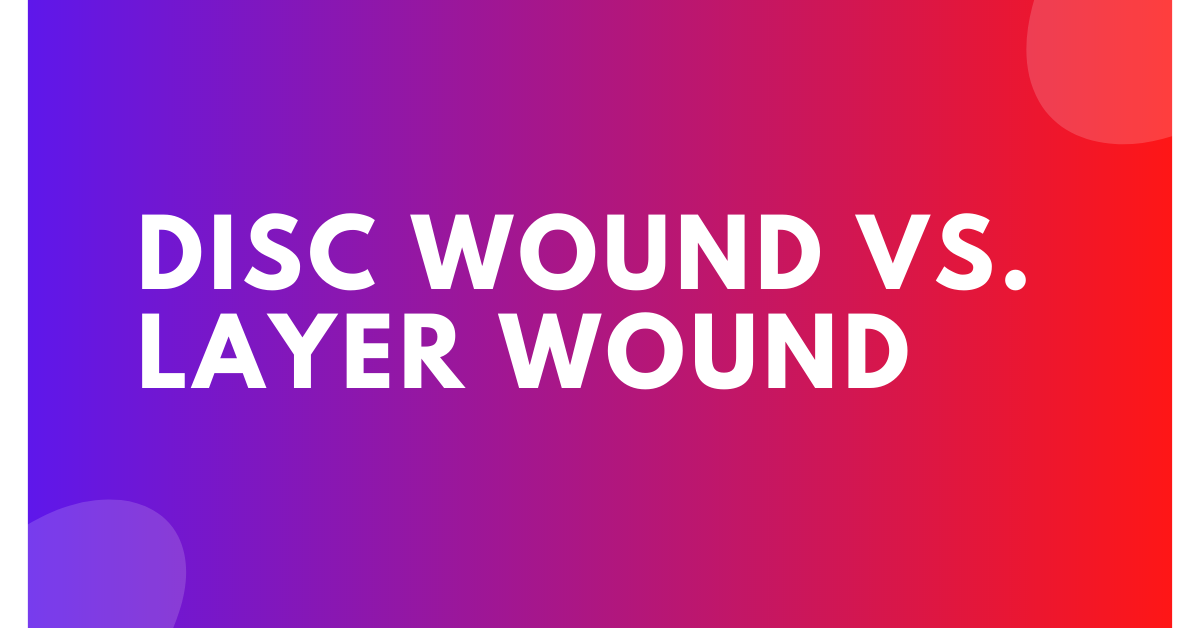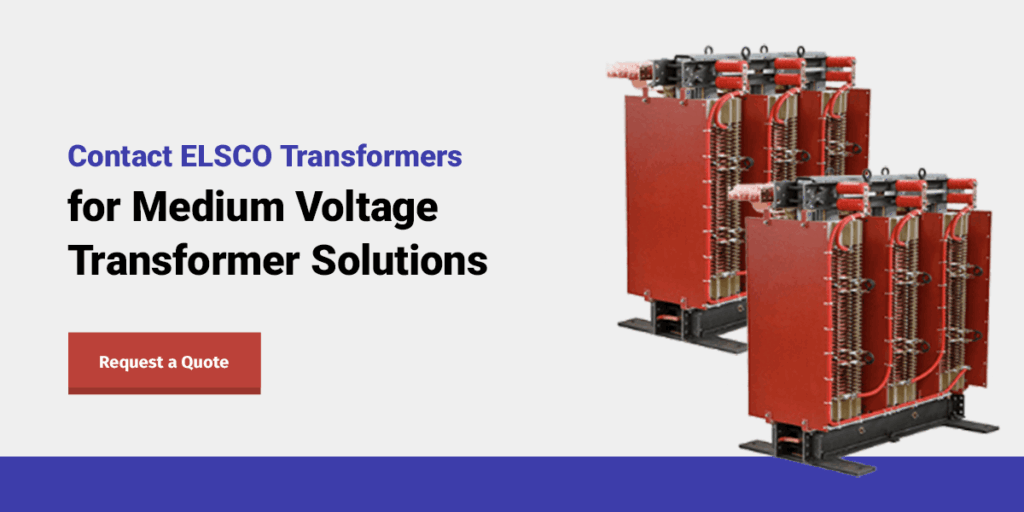
- by Todd Benadum
- June 2, 2025
- Dry Type Transformers, Transformer Build Process
One of the most common questions when selecting a medium voltage transformer is whether to choose a disc wound or a layer wound option. Understanding the difference between layer and disc winding in transformers is crucial for optimizing your medium voltage applications, as each type features unique benefits and drawbacks.
Differences of Disc vs. Layer Wound Transformers
Dry type transformers provide voltage and current control in electrical circuits. Used for a wide range of applications, medium voltage dry type transformers require high voltage windings constructed with either layered winding or disc winding. Each type of winding provides a similar level of electrical performance, but they feature significant differences.
The main distinctions between disc wound and layer wound transformers include the following:
- In layer winding, the coils are wound in multiple concentric layers. In disc winding, the turns feature multiple horizontal discs lined up along a coil’s axial length.
- Layered windings are typically used for low voltage applications — below the 600 Volt class. Disc windings should normally be used for medium voltage and higher voltage applications.
- Disc winding is typically wound in two separate halves, while layered winding features two distinct layer pairs separated by insulation.
- In disc windings, conductors are typically metal strips that are wound on the discs’ flat sides. In layered windings, the conductor crosses windings from bottom to top.
- In disc winding configurations, the magnetic balance is most optimal.
- Disc winding is typically less expensive than layer winding.
- Layered winding features small air pockets in its construction, which can lead to potential disruptions. Disc wound units do not.
- Disc winding almost always provides better mechanical axial strength.
- Layer wound transformers depend on vertical air ducts for ventilation, while disc wound transformers rely on their open nature for cooling.
Depending on your specific applications for a medium voltage dry type transformer, one option may prove more advantageous than the other.
Layer Wound vs. Disc Wound Coils in Transformers: Which Is Better?
Layer wound and disc wound transformers are both highly functional units that are generally safe to use interchangeably for most applications. While layer wound transformers are popular choices for lower voltage applications, they lack the impulse voltage distribution capabilities of disc wound transformers. Layer wound systems also do not have the ability to withstand short circuit incidents as well as their disc wound counterparts.
However, high voltage winding construction is available in some types of layer wound transformers. This type of winding reduces the overall voltage stress between insulated layers due to being wound in a singular direction. Even so, for maximum disruption mitigation, a disc wound transformer is likely the best option for high voltage applications.
Disc and Layer Wound Transformer Applications
Disc wound transformers are ideal in settings like:
- Electrical utilities: Electrical utility companies prefer disc wound transformers for their efficient cooling and ability to handle voltage surges caused by lightning strikes or switching operations.
- Manufacturing plants: Disc wound designs are ideal in large manufacturing settings because their construction can withstand the electrical demand fluctuations when heavy machinery changes speeds or during on-and-off cycles.
- Health care facilities: Their exceptional performance during short circuit events provides continuous power to life-support systems in hospitals and medical centers, while their superior electrical characteristics help protect sensitive diagnostic equipment from damage.
Although disc wound transformers perform well for nearly any application, layer wound transformers are often beneficial when cost-efficiency and space considerations are priorities. Examples include:
- Educational institutions: Colleges and universities frequently install layer wound transformers in classroom buildings with predictable, stable power demands.
- Correctional facilities: Correctional facilities with space constraints can benefit from layer wound transformers, as they can be more compact for ratings below 600 volts.
- Light industrial and commercial: Layer wound units can be beneficial for facilities with predictable loads and minimal power fluctuations.
Why Choose ELSCO Transformers?
ELSCO Transformers stands out in the industry through our commitment to engineering excellence, high product quality and outstanding customer service. Our engineering team brings decades of experience to every project, regardless of the size or scope of the application.
Unlike many competitors who exclusively offer aluminum-wound units, ELSCO Transformers designs and manufactures premium copper-wound transformers that deliver superior reliability and efficiency. These high-quality materials translate into systems that operate cooler and quieter while lasting much longer than industry averages.
Our record of zero failures related to workmanship or materials since 1988 reflects our commitment to exceptional quality. Every transformer undergoes strict testing during production to verify electrical performance and mechanical integrity. We stand behind our indoor dry type transformers with an industry-leading five-year warranty, giving you peace of mind for years to come.
Contact ELSCO Transformers for Medium Voltage Transformer Solutions
Whether you’re searching for advice on choosing the right transformer type for your industry or you’re ready to make a purchase, ELSCO Transformers can meet your needs. We offer high-quality medium voltage transformer products as well as repair services for medium voltage transformers.
Call us at 513-275-5781 for a free quote.


